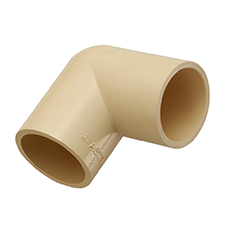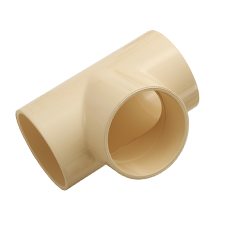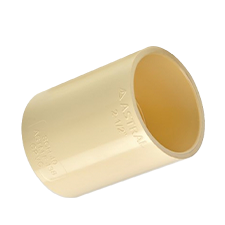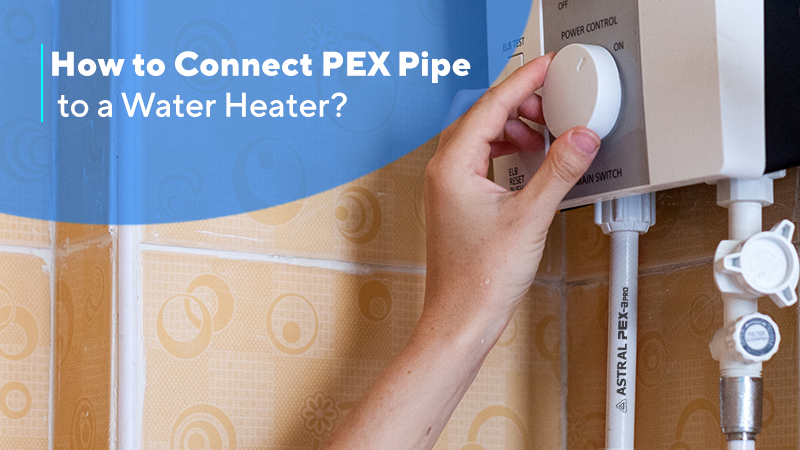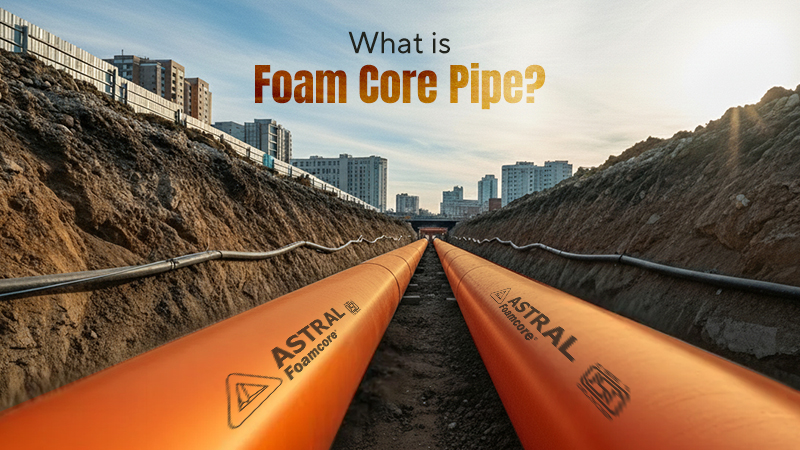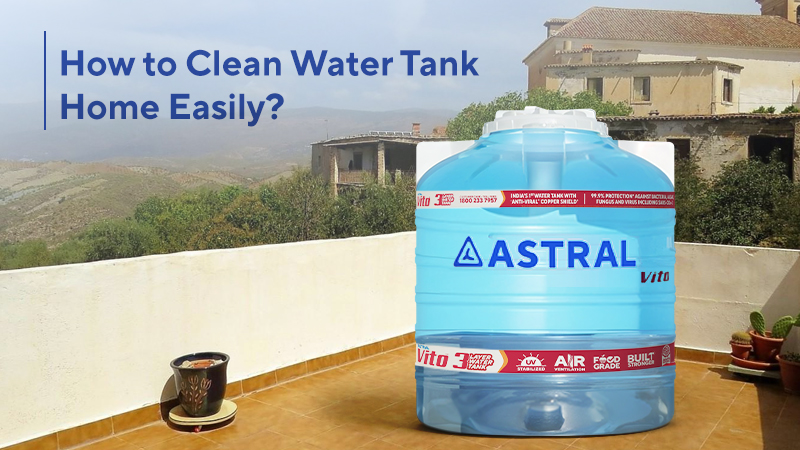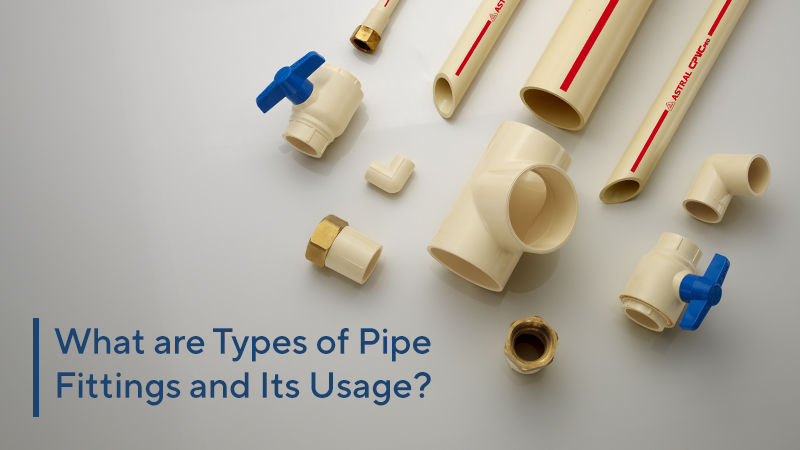
23 May 2025
What are the Types of Pipe Fittings and their Usage?
Pipe fittings play a fundamental role in any plumbing system. These small but essential components connect pipes, control flow, and ensure the system runs efficiently. From directing the flow of water or gas to creating leak-proof connections, types of pipe fittings ensure that plumbing systems work seamlessly, whether in homes or commercial buildings. They come in various shapes and sizes, including elbows, tees, and couplings, each designed for specific functions. Selecting the right fitting guarantees better system performance and helps to avoid costly repairs down the line.
What is a Pipe Fitting?
Think of pipe fittings as the connectors of your plumbing pipes. Just like train tracks need switches and junctions to guide trains, plumbing fittings direct the flow of liquids and gases through pipes. These fittings are designed to join two or more sections of pipe and can be made from materials like PVC, CPVC, brass, or copper. In plumbing systems, these fittings are necessary to create leak-proof connections, ensure smooth fluid flow, and prevent issues such as blockages or weak joints.
So, what kinds of fittings are you most likely to come across? Let us start with the basics: elbows, tees, couplings, reducers, and valves, each serving a unique function depending on the plumbing needs. Whether you are building a new plumbing system or repairing an old one, understanding what pipe fittings are and how they work is essential to achieving reliable results.
Understanding Different Types of Pipe Fittings and Their Uses
There are several types of pipe fittings, each serving a unique purpose. Understanding the purpose of these plumbing fittings types is important when deciding which one is right for your system. Below are some of the most common plumbing fittings types:
Common Plumbing Fittings Types
1. Elbows
Ever wondered how plumbers reroute pipes around a tight corner? That is where elbow fittings come in. Available in different angles like 90°, 45°, and 22.5°, these fittings are ideal when you need to reroute pipes around corners or obstacles. Elbows are commonly used in both residential and commercial plumbing systems, as well as in heating, ventilation, and air conditioning (HVAC) systems.
2. Tees
A tee fitting, shaped like the letter “T”, is used to split the flow of fluid into two directions. These fittings can either be equal, with all openings being the same size, or reduced, where one opening is smaller than the others. Tees are ideal for branching pipes into multiple directions, such as in water distribution systems or gas lines.
3. Couplings
Couplings are used to join two pipes of the same size. These fittings are commonly used when extending an existing plumbing system or connecting two pipes that need to be aligned in a straight line. Couplings provide secure, leak-proof joints when properly installed.
Pipe Fittings for Specialised Applications
1. Reducers: A reducer is used to connect two pipes of different diameters to create a smooth transition between them. These fittings can either decrease or increase the size of the pipe, depending on the specific plumbing requirements. Reducers are commonly found in water supply systems and industrial applications, where pipe sizes vary.
2. Unions: Unions are used to join pipes together, allowing easy disassembly. They’re typically used in systems where maintenance or repair might be needed in the future. A union makes it easier to replace parts without cutting or damaging pipes.
3. Valves: Valves are essential for controlling the flow of water, gas, or other fluids in a plumbing system. Whether it is a ball valve, gate valve, or check valve, these fittings allow users to control or stop the flow of fluids when necessary. They are vital in residential plumbing and large-scale industrial systems.
Each plumbing fitting has a unique purpose, ensuring the efficiency and effectiveness of a plumbing system. For example, in a large office building, valves are essential to control the water flow in different sections, ensuring each floor gets the necessary pressure. Without the right fittings, the entire system could fail.
How to Measure Plumbing Fittings?
Accurate measurements are crucial for proper fitting. The right size ensures a secure, leak-proof connection. Here is a simple guide to help you measure pipe fittings accurately:
Step 1: Measure Pipe Diameter
Use a tape measure or pipe gauge to measure the outside diameter (OD) of the pipe. This measurement will help you determine the size of the fitting you need. Make sure to measure at multiple points to ensure consistency.
Step 2: Length of Pipe
For fittings that connect pipes in a straight line, measure the length of the pipe that will be inserted into the fitting. This ensures a tight fit and helps prevent leaks.
Step 3: Thread Size
Some fittings, such as unions or valves, have threaded connections. Measure the thread diameter and pitch to match the fitting correctly.
Proper measurement ensures a secure connection and prevents problems like leaks or weak joints in your plumbing system. When working with PVC pipe or CPVC pipe, follow the manufacturer’s recommendations for accurate measuring and fitting.
Choosing the right fittings ensures long-lasting, efficient performance. At Astral Pipes, we offer a wide range of reliable, high-quality fittings, like couplers, elbows, tees, crosses, and reducers. Our CPVC pipes and fittings ensure durable, leak-proof connections for residential and industrial systems. Whether you need a simple elbow or a reducer, our CPVC fittings provide reliable solutions for your plumbing needs.
So next time you are working on your plumbing project, remember that the right choice today will save you time, effort, and money in the long run.
Read our blog on What is a PVC Pipes and What is it Made Of?


